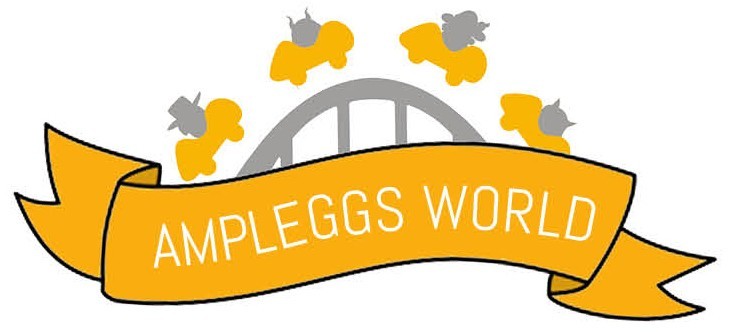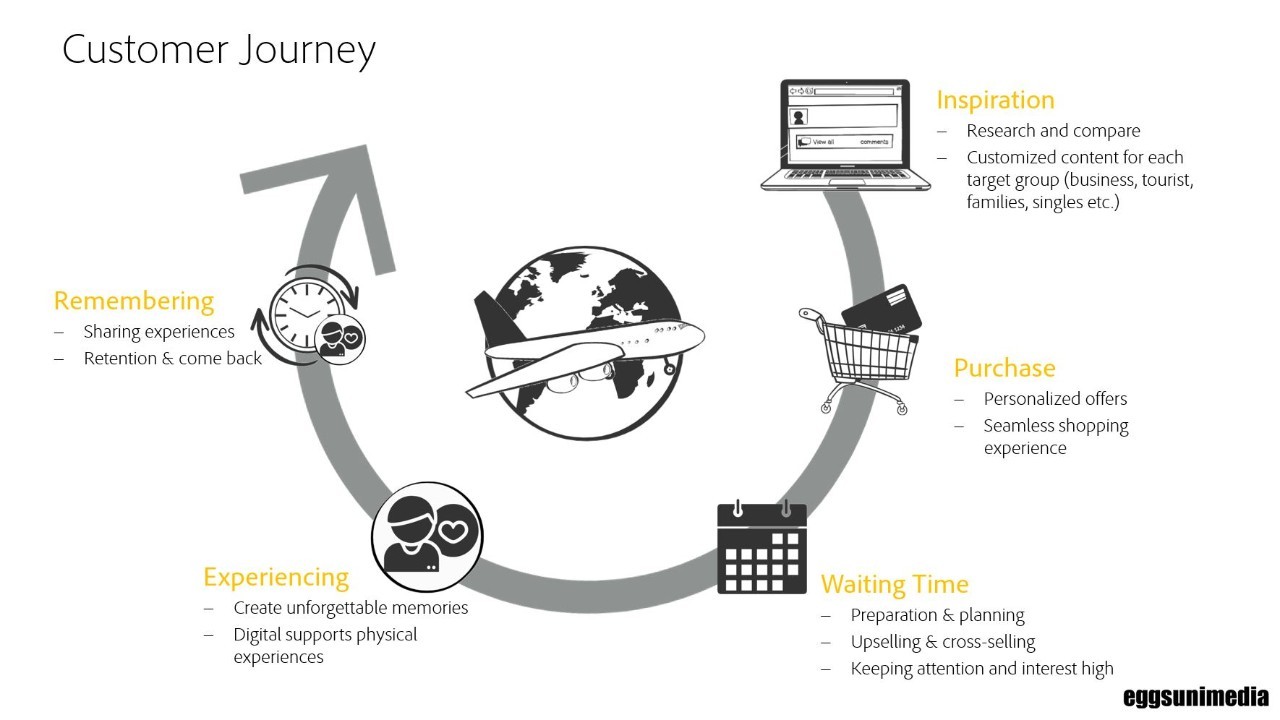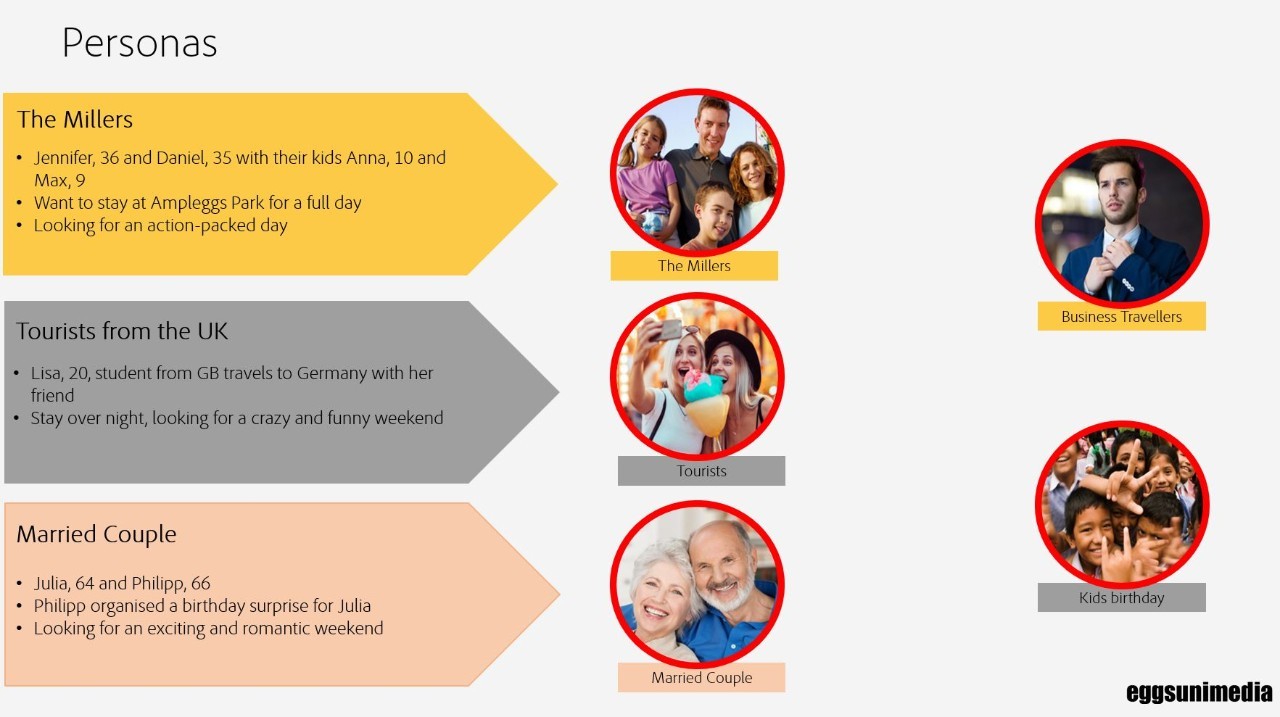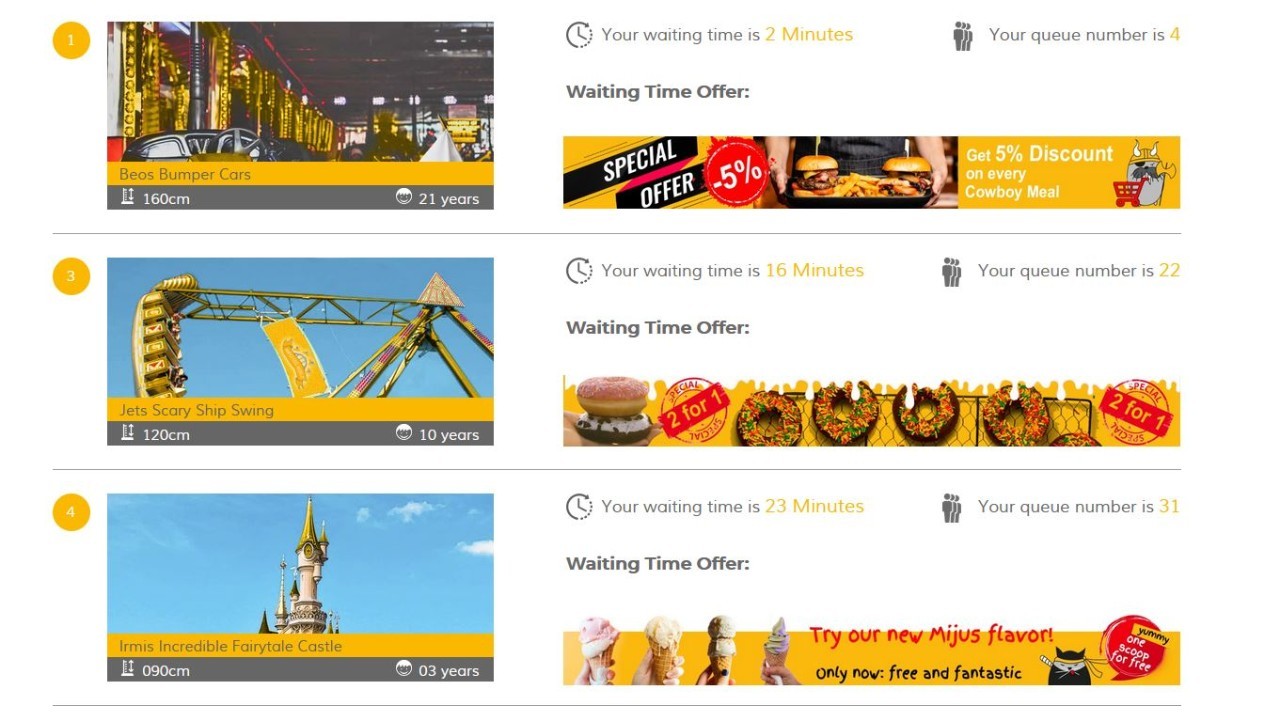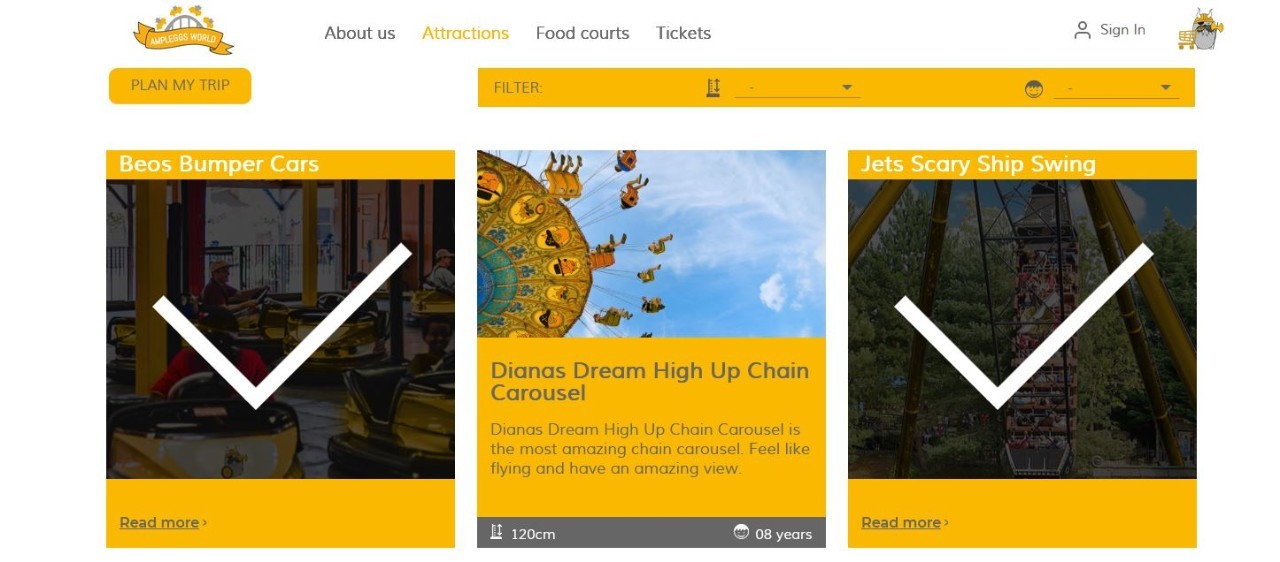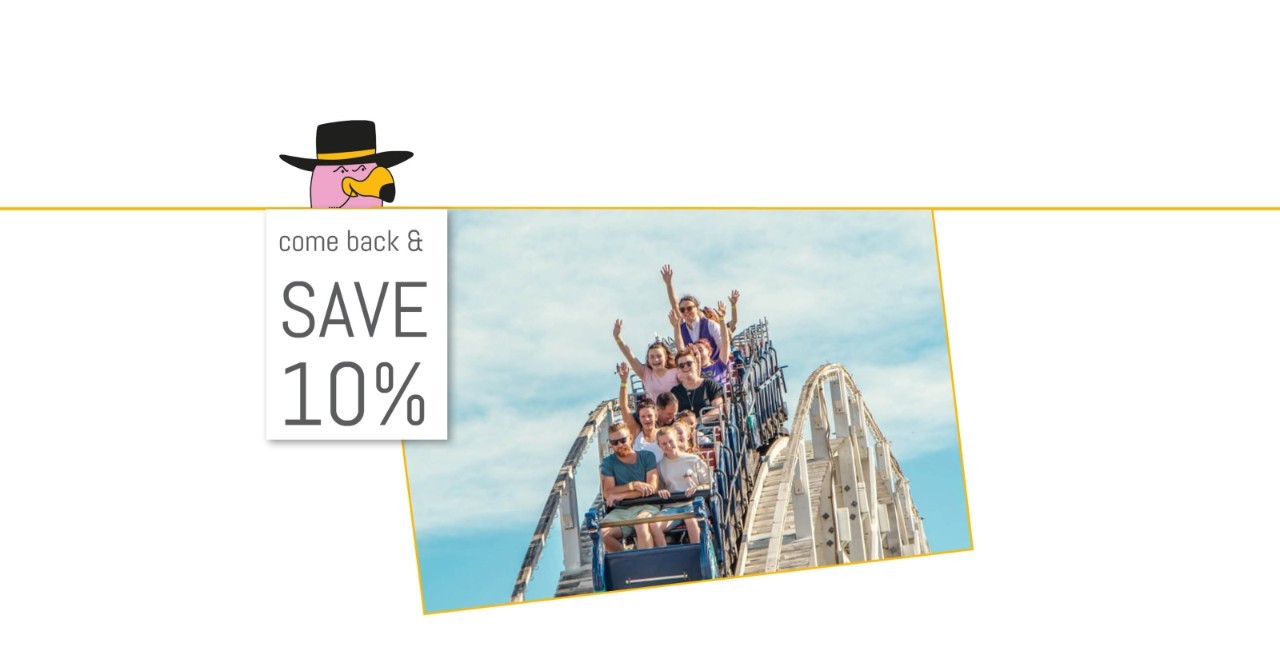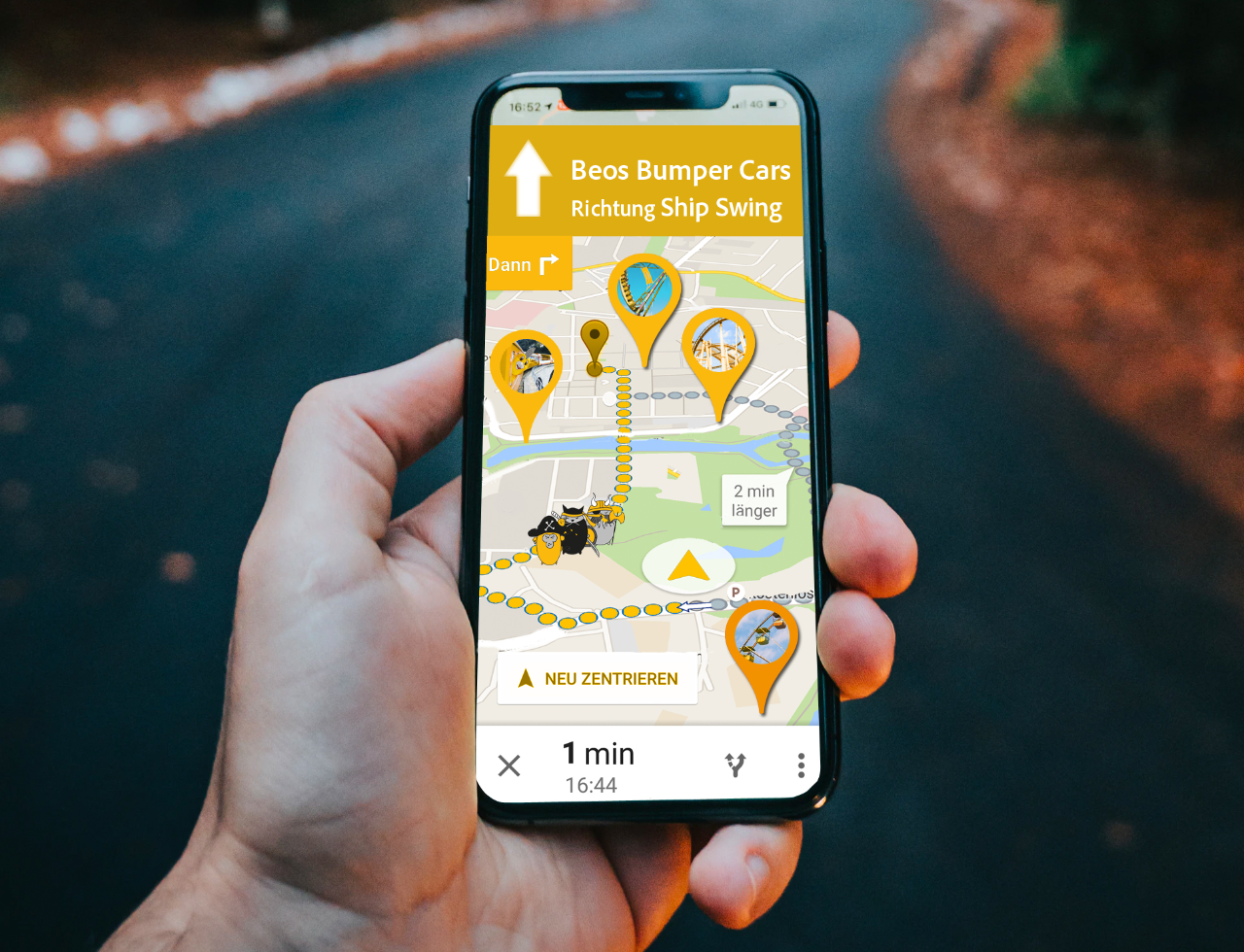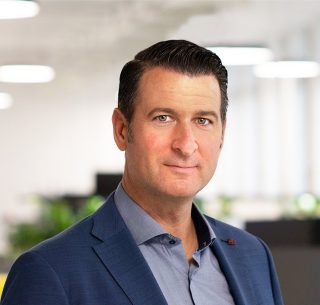The theme park sparked my imagination and several interesting customer groups came to mind right away. To give all team members a better idea of the target groups, I developed personas, fictional people from different target groups who will visit our park. Personas are very helpful to better put yourself in the customers' shoes and to get to know their needs better.
One of our main target groups are families with children of preschool and school age.
The Miller family - parents Jennifer and Daniel with their children Anna and Max - is representative of this.
The second important target group is young people.
Lisa from Great Britain, who is traveling through Germany with two friends and will spend two days in Amplegg's World, is representative of this.
Another target group is (married) couples.
Representative of this are the couple Julia and Philipp. He is planning a birthday surprise for his wife.
In addition, there are other cases in my imagination, e.g. in the context of a corporate event or to celebrate a children's birthday party. These personas are very diverse and can be supplemented at will. Due to the short project scope, we have focused our solution on the Miller family, which is why the content on the website and the demo content mainly reflect the needs of families.

